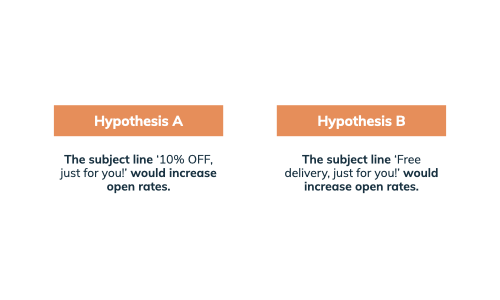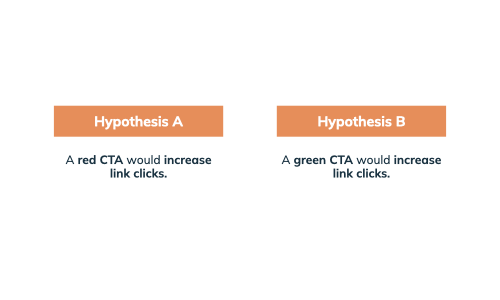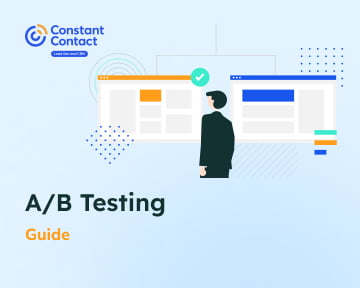We’ve all heard about A/B Testing. By changing one element in your marketing materials, be it an email subject line, or the colour of a CTA button on a landing page, you stand a chance to figure out what works for your audience (and what doesn’t) and would push them to convert!
Moreover, you get to test these small yet effective incremental changes in a controlled environment! But how do we get started on planning an A/B Test?
Not to worry, we have curated an easy 4-step guide that you may take and consider when carrying out your A/B Test!
To illustrate, we will be using the example of James, a digital marketer who specialises in email marketing. He wishes to launch a new product in the next month, and is about to carry out an A/B Test to gather concrete data that would aid him in launch.
4 Easy Steps to A/B Testing!
Step 1: Define your goal(s)
There are various things that James can test. However, with A/B Testing, it would be prudent to only test 1 thing at a time to ensure that all success can likely be attributed to that change in the marketing material. For example, in email marketing, these are a few things that can be tested:
- Subject line
- Heading text
- Email layout
- Placement and colour of CTAs
It is important to remember to test the element that you perceive would have the largest impact on your objective. For instance, if James would like to increase his email open rates, it’s likely that the subject line of the email will play a larger role in affecting that. As such, he should opt to test different subject lines first before anything else.
In short, different elements have different weights of importance for a specific goal. Choose the one that you think is most likely to affect your goals.
However, if his main objective is getting people to click on the CTA in the email to register for an early launch of his product, the heading text or the colour of the CTA may play a more important role. Hence, it would be wiser of him to choose to test the heading text or the colour of the CTA to see if any changes in either elements would affect link clicks.
Step 2: Develop hypotheses
Hypotheses are considered the compasses of your A/B Test; without forming any hypotheses on your A/B test, your test is as good as directionless. You can start forming hypotheses with your results in mind. For example, James could form the following hypotheses if he’s testing for email open rates:


From the hypotheses formed, it is evident that James is making an inference that one of the above subject lines would increase his email open rates. Alternatively, he could also form the following hypothesis if he’s testing for link clicks in his emails:


From the hypothesis above, he would expect link clicks to increase depending on the colour of the CTA.
Forming hypotheses may be difficult at first, especially when you’re not exactly sure what you should be testing. However, your acumen gets better with time as you carry out more tests, and sooner or later, you’d be able to understand your customers’ preferences better!
Step 3: Real results from real data
Once James has finalised his hypotheses and the elements to be changed, the next step would be to implement these changes to his email marketing campaign. He has to make sure that all of the conditions are the same whilst he is carrying out the A/B Test. This means that he has to send the emails to the same number of people, and ensure that the only element he has changed is the element that was hypothesised to affect the results.
Step 4: Collect & measure your results
There is no one-size-fits-all rule for how long a test should be run. Instead, ensure that your results are statistically significant before concluding your study.
Statistical significance denotes that data that has been generated by a test or experiment is likely to be attributable to a specific cause or reason.
Remember: The higher the degree of statistical significance, the more likely that there is a relationship between two variables. This means that there is a low likelihood that the results garnered were due to chance. You may be wondering: How exactly do I know this? Fortunately, there are many softwares out there that will determine your winning variants for you. For example:
What's next for you?


With only incremental changes being made at each time, you run a lower risk of affecting your conversion rates. A/B Testing is a lot easier than you think it is, and the benefits are endless!





